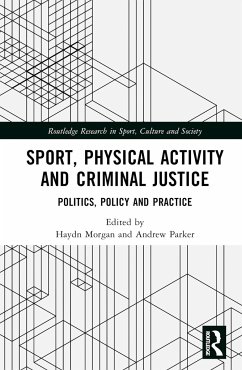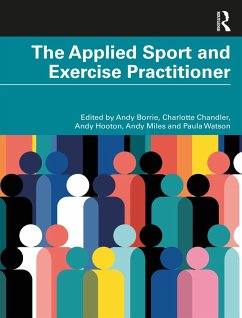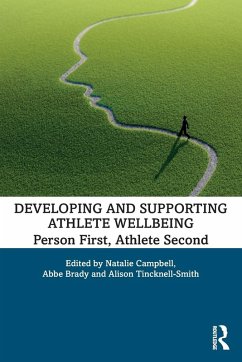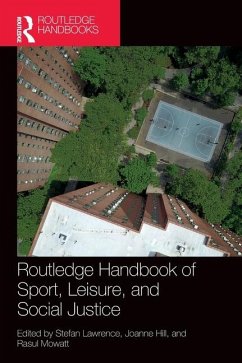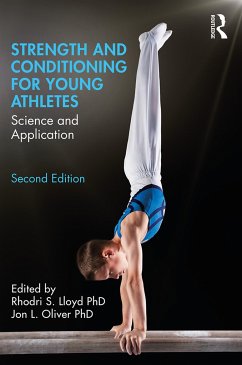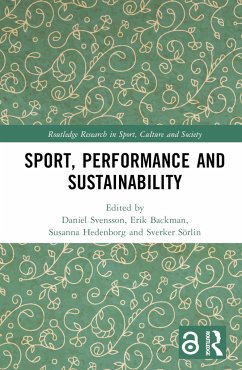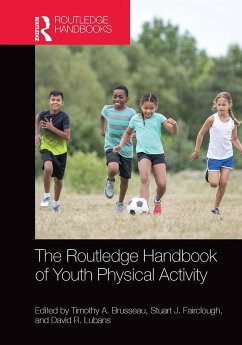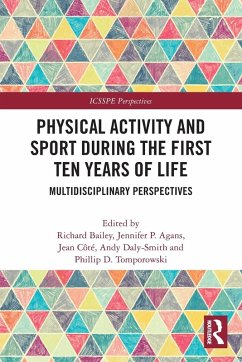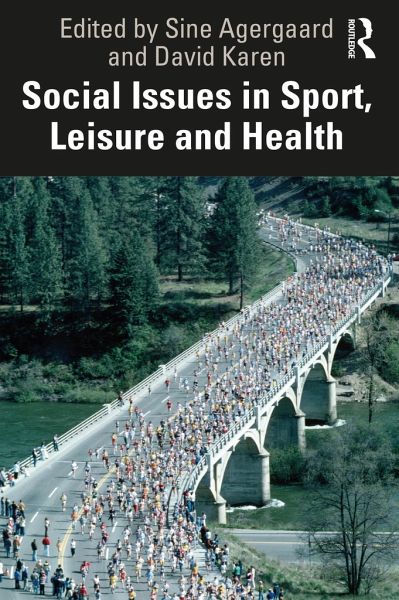
Social Issues in Sport, Leisure, and Health
Versandkostenfrei!
Versandfertig in 6-10 Tagen
43,99 €
inkl. MwSt.

PAYBACK Punkte
22 °P sammeln!
This book examines how social issues shape and influence our engagement with sport, leisure time physical activity, and health-promoting exercise. Connecting the personal with the public, it helps the reader understand how individual exercise, leisure, and sport participation are both facilitated and constrained by their social contexts.Presenting a series of in-depth descriptions of grassroots sport, urban lifestyle sport, physical activity across the life course, sport for children with special needs, and the development of creative climates in sport, this book seeks to encourage what C. Wri...
This book examines how social issues shape and influence our engagement with sport, leisure time physical activity, and health-promoting exercise. Connecting the personal with the public, it helps the reader understand how individual exercise, leisure, and sport participation are both facilitated and constrained by their social contexts.
Presenting a series of in-depth descriptions of grassroots sport, urban lifestyle sport, physical activity across the life course, sport for children with special needs, and the development of creative climates in sport, this book seeks to encourage what C. Wright Mills described as the "sociological imagination". Every chapter begins with an individual-level account centred on everyday challenges with accessing sport, partaking in leisure activities, and meeting guidelines for daily exercise before exploring the larger, socially determined patterns in which those experiences are located, establishing a vital template for the social scientific study of sport, leisure, and health.
Touching on key contemporary themes including diversity, inclusion, health inequalities, and physical inactivity, as well as selection and intensification in sports, this book offers new case material and theoretical tools for understanding the relationships between sport, leisure, health, and the wider society. This is an indispensable companion for any course on the sociology of sport, exercise, leisure, or physical activity and health.
Presenting a series of in-depth descriptions of grassroots sport, urban lifestyle sport, physical activity across the life course, sport for children with special needs, and the development of creative climates in sport, this book seeks to encourage what C. Wright Mills described as the "sociological imagination". Every chapter begins with an individual-level account centred on everyday challenges with accessing sport, partaking in leisure activities, and meeting guidelines for daily exercise before exploring the larger, socially determined patterns in which those experiences are located, establishing a vital template for the social scientific study of sport, leisure, and health.
Touching on key contemporary themes including diversity, inclusion, health inequalities, and physical inactivity, as well as selection and intensification in sports, this book offers new case material and theoretical tools for understanding the relationships between sport, leisure, health, and the wider society. This is an indispensable companion for any course on the sociology of sport, exercise, leisure, or physical activity and health.






